Typically, when i compute lights in my ray-tracing, I find the first object intersected by my ray, then I calculate the amount of the light that point. I was thinking if there was an efficient way to simulate the light that comes directly to the camera:
For example a spotlight in an empty space or the or the headlights of a car in front of the scene:


Perhaps it can be simulated seeing if the light rays intersect the view plane? I don't have many ideas and I don't find online resources that talk about this topic, can someone kindly help me?